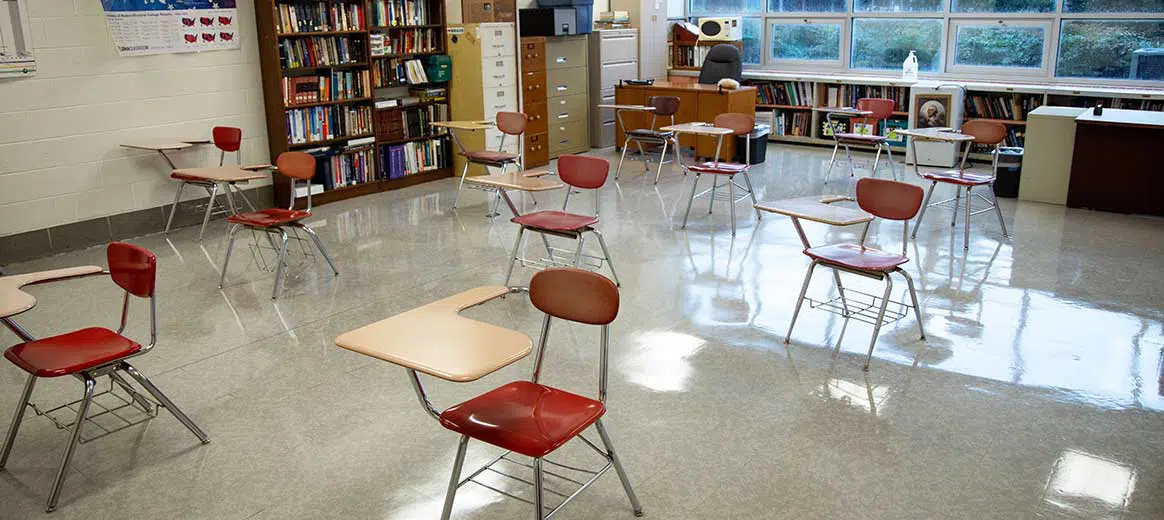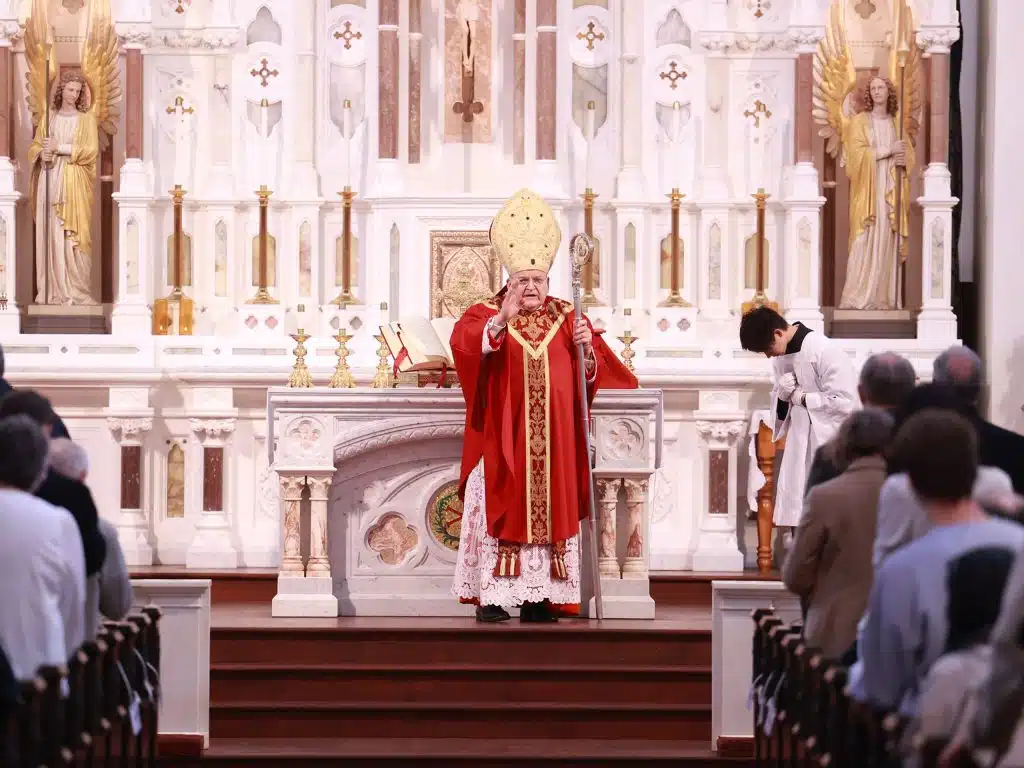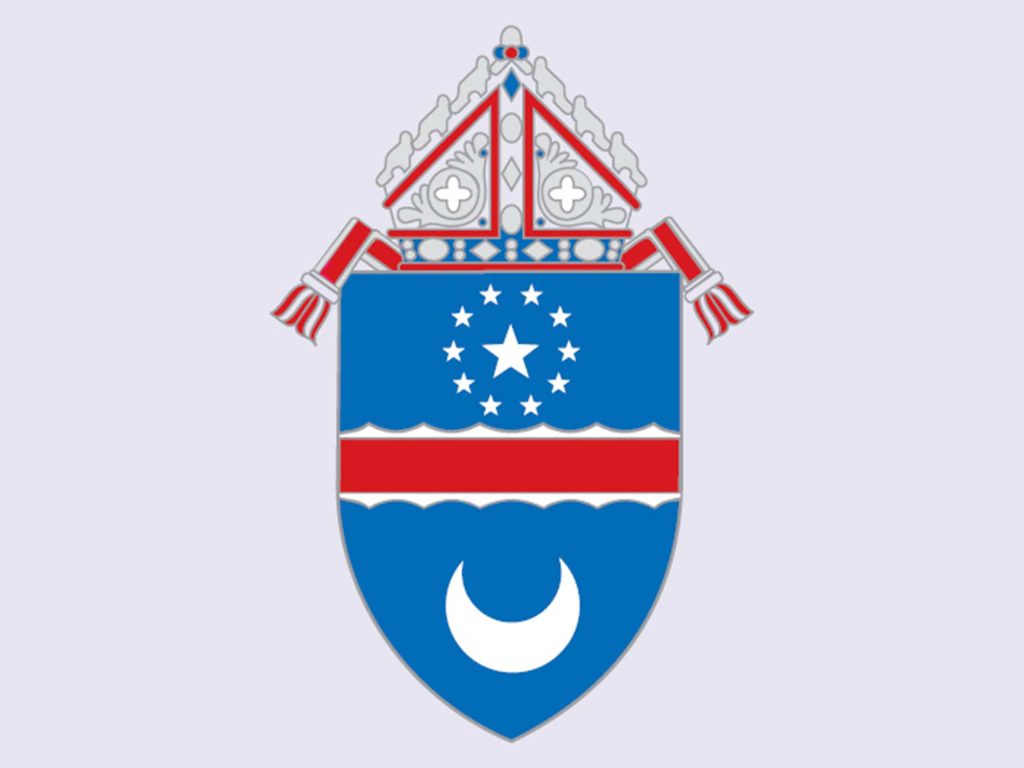Planning for the new school year has
been like trying to fly a plane while building it, said Kathleen McNutt, head
of school of Bishop Ireton High School in Alexandria. McNutt and other diocesan
high school leaders not only had to find ways to get people safely back into
the school building during a pandemic, but also continue remote learning.
This fall, all diocesan high schools have
a hybrid system that includes both in-person and remote learning. School
leaders had hoped to bring their communities back together after months of
separation, but since each of the schools has hundreds of students, social
distancing would be impossible. Instead, each school has come up with a plan to
be 50 percent in, 50 percent out, while maintaining learning at 100 percent.
A hybrid model “was the best choice because
it does allow us to bring back our students and offer them in-person learning,
which we know is so important,” said Meghan Lonergan, dean of mission at Bishop
O’Connell High School in Arlington. “But we certainly have to do that in a way
that meets the guidelines under Phase 3. Looking at our building, we knew that
we would only be able to meet the guidelines for social distancing with the
reduced capacity.”
Schools look a lot different this year. Desks
are spaced farther apart, hand sanitizer dispensers are everywhere, and
classrooms are outfitted with new technology to allow remote learners to tune
in. O’Connell set up tented areas to allow for more outdoor activities, rain or
shine. Ireton invested in thermal temperature scanners at certain entrances,
electrostatic disinfectant sprayers, interactive classroom boards and wireless
microphones for all teachers, said McNutt.
The school year begins with extra
orientation days to acclimate students to the new health and safety procedures.
At Ireton, students now use their cell phones to complete daily wellness
screenings via an app that also is used for the new hall pass system. “This
software management system allows us to do it paperlessly,” said McNutt. Students
will get their own bathroom pass that they will hang outside the bathroom because
only one person is allowed in at a time. The school has added a new full-time
nurse and an additional clinic. One will be the sick clinic for those who are
ill, the other will be the well clinic for those who need medication, bandages,
etc.
Classes have changed, too. Students have
been divided into two cohorts based on their last names. At O’Connell, all
students will learn at home via Zoom on Mondays. Each cohort, named blue or
silver after the school colors, will be in person two days a week. On days when
they aren’t in school, students won’t be watching livestreamed classes.
Instead, they’ll be doing assignments on their own. Each week, there is time
set aside in school for spiritual activities and opportunities to meet with
teachers, said Lonergan.
At Ireton, each cohort, labeled red and
gold, will alternate spending two consecutive days in school. The next two days
they’ll watch a livestream of the in-person classes. “The idea is that whether
you’re in person or working remotely from home, everyone is getting the same
material,” said McNutt. Both schools have a small percentage of teachers and
students who will be fully remote. Both have increased enrollment since last
year.
It’s been a herculean task to think
through all the big changes and small details of this upcoming school year,
said McNutt. Though the schools painstakingly mapped out the school year, more
changes are bound to arise. “Flexibility is the name of the game this fall,”
said McNutt.
Maraist can be reached at [email protected]
or Twitter @zoeymaraistACH.



